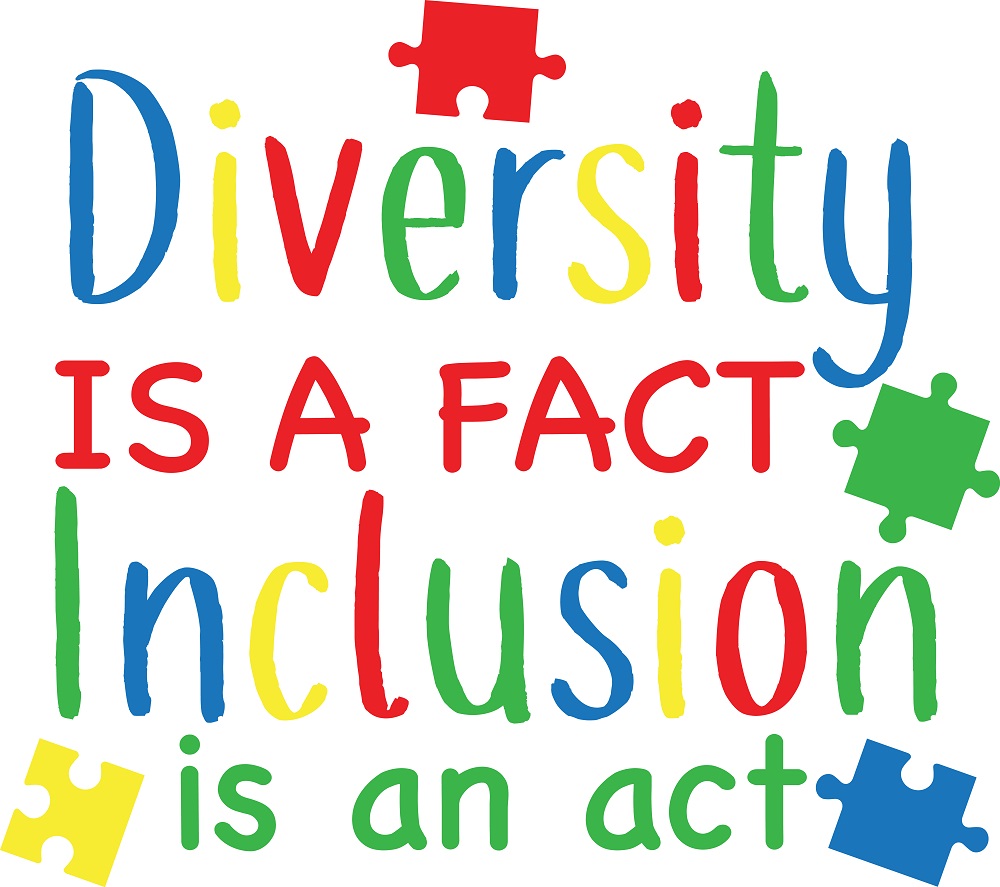Workplaces across the world understand the value of diversity in a globalised environment. But while most employers strive for racial diversity, many of them overlook gender diversity in IT.
The US Census Bureau estimates women’s participation in the general workforce increasing from 38% in the 1970s to 47% recently. The proportion of women in workplaces across South East Asia is 42%. But the proportion of women in tech-related occupations is far lower than such general workforce figures. A June 2019 global survey “Women in Technology” conducted by IDC estimates the proportion of women in IT companies at 21%. Women held 34% of specific technology roles, but the proportion of females in tech leadership roles is just 12%. A good chunk of the women in the tech industry got into the role through a side-step move from human resources (HR) or marketing projects.
The imbalance is even more glaring considering the significant role of women in the early development of IT. The US military team that developed the first computer was half women. In 1984, 36% of computer science majors were women. The figure has dropped to 18% today.
A big cause for the imbalance is stereotyping gender roles. The common perception is IT work being unsuitable for women, as they manage family commitments. Childbirth disrupting the career is another reason. Enterprises can no longer shrug off stereotypes as forces outside their control. Companies that do not address diversity cannot attract or retain quality talent.
1. Tackle the Recruitment Challenge

Businesses that value diversity have to attract female candidates for tech roles, or make the job attractive for women.
Many younger women do not connect with tech jobs. Make the tone of recruitment advertisements gender-neutral. Male centric language in recruitment ads deters women. Phrases such as “strong personality” and “results-driven leader” lend masculine imagery.
Focus on the genuine essentials of the role. The ability to work from home, flexible work hours, and project-based employment suit women.
Create hiring profiles that reflect diversity. A radical idea doing the round is removing names from the CV itself, to prevent bias at shortlisting time!
Introduce transparency and clarity into hiring and evaluation policies. Unstructured or open-ended interviews, while effective, breed bias. Structured interviews, with job-related questions, are less subject to unconscious bias. Also, include females in the interview panels wherever possible.
Cultivate visible female role models to inspire and motivate other women. When women technocrats speak at seminars, visit schools, or partake in roundtables, it inspires other women.
2. Address Women Specific Issues
A perception gap exists in gender diversity. In the 2019 IDC Women in Tech survey, 45% of male respondents commended their firm’s gender diversity efforts. But only 29% of female respondents did so. 75% of male participants believed their firm gave equal pay to both sexes, but only 42% of women respondents felt likewise. About 35% of women feel taking time off to care for family derail their career when only 23% of men worried about the same issue.
Many leading tech companies admit the existence of the gender gap and seek amends. In 2015, Salesforce CEO Marc Benioff made a public commitment to close the gender pay gap and elevate diversity.
Specific issues require immediate resolution without waiting for a structural fix or strategic intervention.
- Offer an anonymous third-party hotline for gender and other minorities. Such lifelines to reporting abuse, discrimination, or other concerns address specific issues.
- Institute resource groups, for community support, for under-represented groups.
- Revamp the HR policy to factor in gender-specific concerns such as maternity leaves.
3. Have a Strategy for Inclusion

Gender diversity means not only recruiting more women, or fire fighting issues that flare-up. With most tech leaders today being males, an unconscious bias often works against females.
Unconscious bias makes workplace environments unwelcoming or toxic for women. 45% of female respondents to the IDC survey believe workplace culture being male-centric, whereas only 22% of men thought so.
Institute an organizational strategy for creating gender equality. The individualistic approach to tackling gender diversity focuses on teaching women to fit the existing mould. Overcoming bias requires changing the mould itself.
The IDC survey found that only 25% of women believe they will advance to senior leadership positions. In contrast, 54% of men believe they will advance to senior leadership positions. A big reason is women feeling they are not part of the boys’ club. Encourage male colleagues to be allies of women colleagues, to overcome such bias. Offer avenues of common engagement. Develop a transparent and seamless collaboration platform. Technology enables everyone to communicate or express opinions without being left out.
Empirical evidence suggests having male mentors improves the career trajectory for women. Male mentors see abilities that the women themselves may not realize. They may, for instance, identify the women’s ability to build relationships or foster collaboration. Instances where male mentors promote women to take risks they otherwise remain reluctant to take, abound.
Develop clear performance evaluation standards. When standards are unclear or do not come with a firm structure, evaluators rely on gender, race, and other stereotypes.
4. Focus on the Culture
A sustainable resolution to the gender diversity issue requires transforming culture. Equality cannot be an add-on or an afterthought. It has to be in the enterprise DNA, with the commitment flowing top-down.
Salesforce is one of the tech companies to tackle the issue head-on. The company’s cultural transformation initiative focused on transparency, listening, and top executive commitment. The Salesforce Women’s Network offers 26 weeks of paid parental leave and formal mentoring programs. The executive team keeps track of diversity metrics every month, to make proactive interventions as required. Since the initiative started in 2015, the company has conducted four global equal pay assessments. The C-suite committed $10 million for unexplained differences in pay between men and women. Women comprise 31.6% of Salesforce’s workforce, at last count.
A culture change tackles the root of the diversity issue. Without it, launching a women’s networking group or introducing recruiting quotas will only gloss over the issue.
Workplaces promoting diversity outperform ones that do not. Companies that increase gender balance improve decision-making and reduce risk. Diverse teams discourage groupthink and spark innovation. The diversity becomes representative of the customer base, allowing a better connection. It is no surprise that in 2019, 51% of companies put gender diversity goals on the corporate agenda, compared to 35% in 2018.











